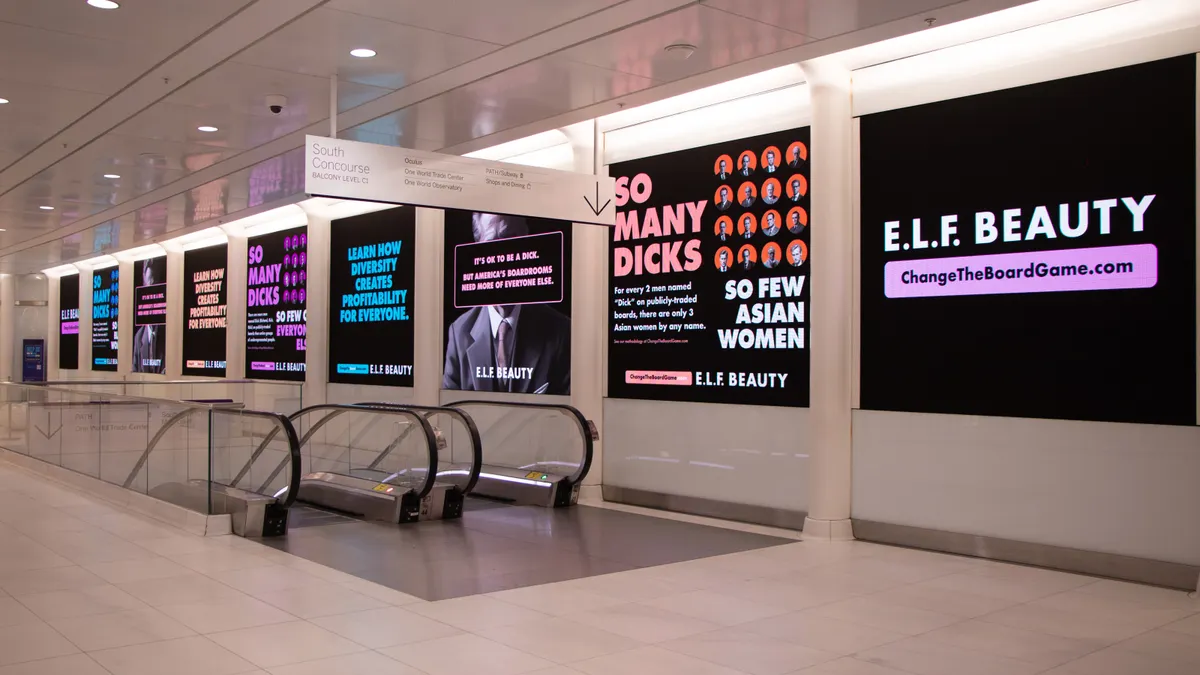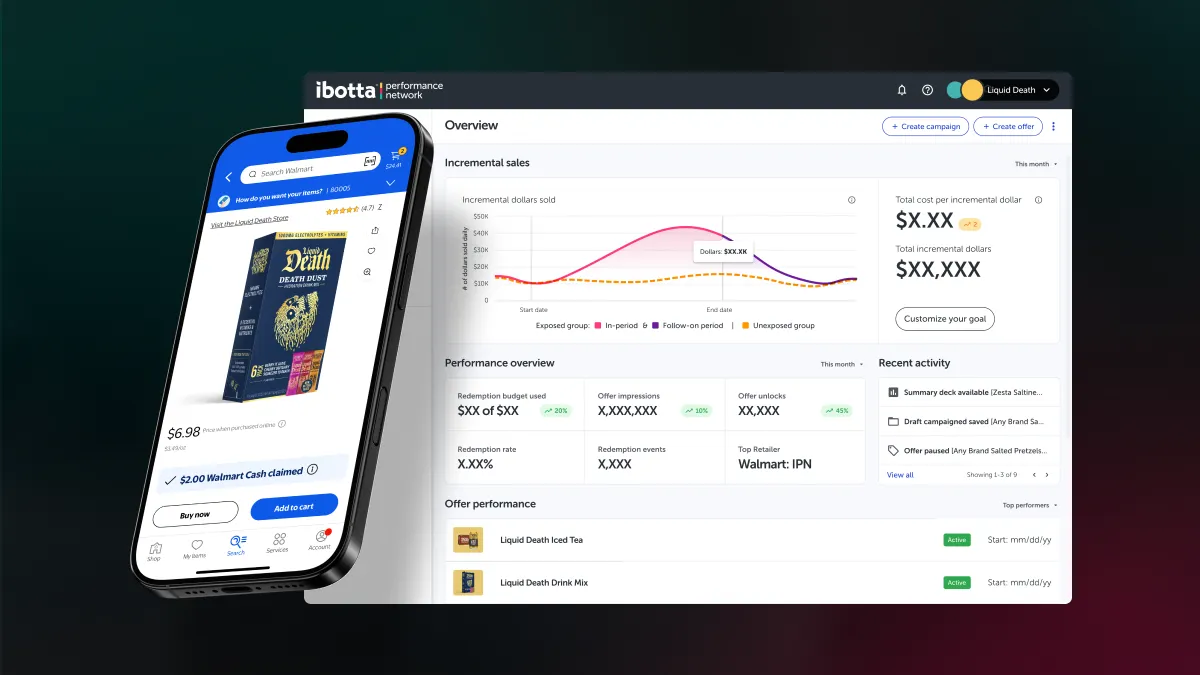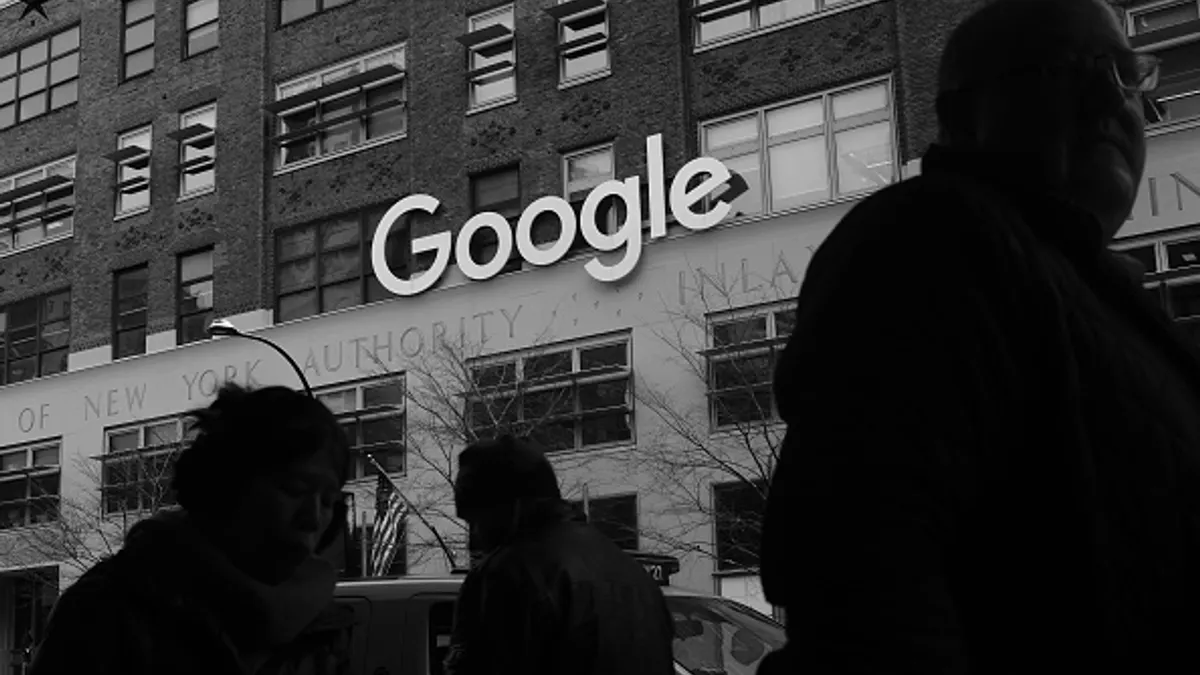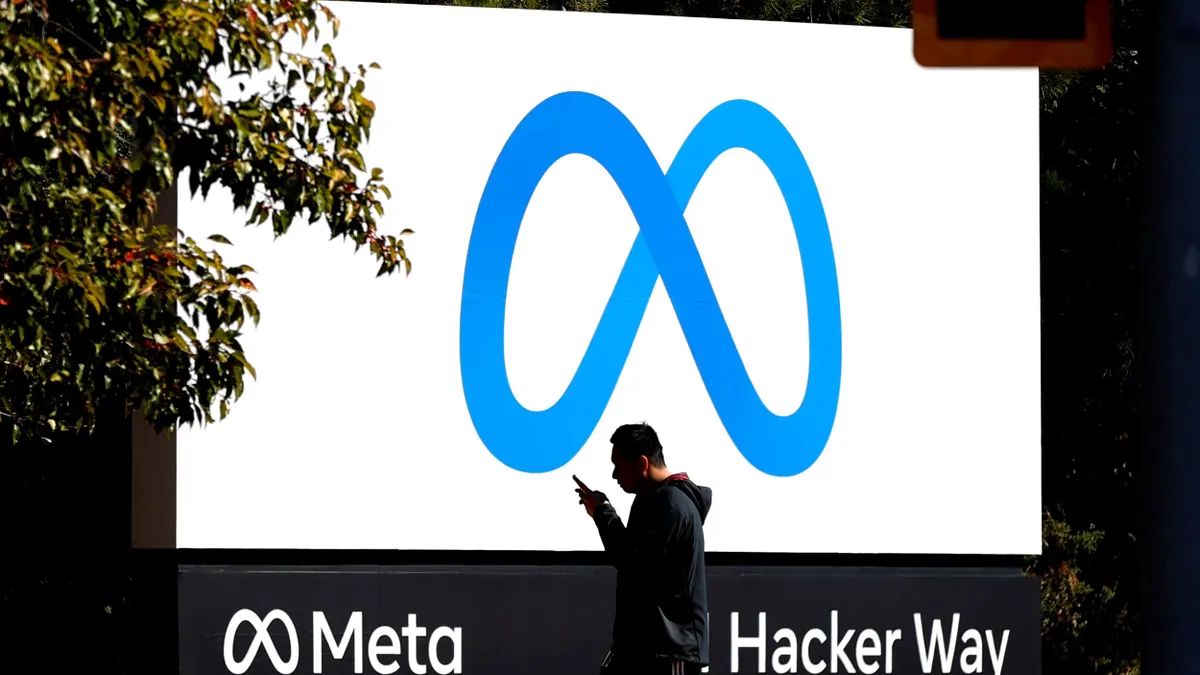The premise of location-based mobile retail marketing sounds simple enough: find customers, send them compelling offers and see if they show up at stores and spend money.
However, it's not quite that easy. Tools have to exist and be able to identify customers; customers have to want to be found and the pathway from offers to visits and the actions afterward have to be adequately tracked and digested to provide valuable information. The bad news is that the connective tissue tying these elements together isn't fully formed. The good news is that it's getting there.
The future could be even brighter for location-based marketing as data layering, augmented reality, mobile payments and self-driving cars gain steam.
"The reality of the situation is we have our phones with us all the time, so that location data coming through the phone is the strongest indicator of who someone is and their likes and dislikes," said Ocean Fine, vice president, agency and strategic accounts at Factual Inc., and co-chair of the IAB's mobile location data working group.
Untapped potential
The potential power of location data has resulted in surging interest in location-based marketing spend, which is projected to climb at an annual compound growth rate of 24.6% from almost $10 billion in 2015 to $29.5 billion in 2020, according to BIAKelsey.
The best location marketing intentions, however, have been hampered by poor adoption rates of available tools.
“There’s always the next big thing that’s going to transform some version of location-based marketing, whether it's going to be the renaissance of NFC to rarely used beacons or whatever keeps coming next," said Michael Lieberman, chief strategy officer at Kinetic. "I'm not sure we have found a significant number of quality use cases of consumers changing their behavior where these device-driven interactions motivate them."
Beacons, which find and message shoppers within a range of transmitters, have received mixed reactions. BI Intelligence estimated they drove as much as $8 billion in consumer packaged goods sales last year, accounting for 2% of sales in the category. However, Walker Sands has found roughly one-third of shoppers insist they will never yield to in-store tracking and push notifications, with privacy concerns being a huge barrier. Still, retailers including Walgreens, Macy's, Target and Lord & Taylor have developed beacon programs.
Fine is a beacon enthusiast. "Beacons tie into how you better understand your customer and target them. They can be a very precise way to target someone when they are very near or in your store," she said. Mausam Bhatt, senior vice president of product at RetailMeNot, isn't convinced.
"I'm not very bullish on beacons. Great technologies minimize friction, not add to it," he said, explaining shoppers regularly don't turn on Bluetooth, the underlying technology for beacons, to save battery life. "I’m more bullish on replacement technology that will enable passive check-ins."
There's been comparative clarity on apps serving up offers. While retailers have certainly constructed their own apps to interact with customers, they're relying heavily on third parties to maximize location-based marketing. IAB warns branded apps require significant investment at the outset and ongoing maintenance.
"Retailers are slowly realizing apps are not their core competency. They don’t nurture and build app audiences," said Bhatt. "If you look at how apps are evolving, there is one go-to app for every vertical. There might be one go-to app for travel or for shopping."
The data dilemma
Data gaps have dogged location campaigns as well. A study by Integral Ad Science found that 22% of marketers pegged in-store attribution as the biggest marketing challenge. They strive to comprehensively connect the dots from online to offline to ultimately get a picture of the sales lift powered by their marketing outlays.
Lieberman contends part of the problem is that the deepest device-driven datasets remain untapped. "What you are getting is an audience created by where they are and you compare that to traditional online audiences based on browsing behavior to understand a level of interest," he said. "We have not been very successful at putting both those data sets together to understand what you are actively browsing in a location to tell us much more about your true intentions."
But location marketing isn’t stagnant and is confronting marketers' apprehension. David Struzzi, marketing and communications lead at PlaceIQ, suggested it's getting smarter about placing consumers in broader contexts. Layering location data with other data can be impactful for informing media tactics, cross-channel strategy, competitive intelligence, retail site selection and supply chain optimization.
"Looking at visitation measurement shifts over time, share-of-visit analysis by specific markets and performing audience analytics are just a few of the ways retailers are getting a truly holistic view of the consumer journey," said Struzzi. "As additional datasets get added, such as TV viewership data, CPG purchase data, card purchase data and first-party CRM data, retailers can continue to augment location data to better understand consumers and apply insights across all marketing channels.”
To give retailers assurances that their marketing dollars are working, RetailMeNot conducted 127 mobile attribution studies involving 68 national retailers. The company discovered average campaign returns on ad spend equaling approximately 12.6x the retailers' investment. Bhatt mentioned location-based marketing is tempting retailers by moving to a cost per store visit media buying model. "It would become a pure performance play,” he said. Retale and xAd have introduced cost per visit formats, and Applebee's and The Home Depot have taken up xAd on them.
Bhatt advised retailers to be very clear about the success metrics they seek.
"They should have a firm understanding of the reach of their partner and the willingness of the partner to provide good attribution reports from impressions to sales," he said. "If I was a retailer I would be looking at whether the partner has scale, how many users they have that are location-enabled, how many of my stores have been geo-fenced with this partner and how well they are able to stitch everything together."
Beyond store boundaries
Examples of location-based marketing efforts harnessing complex tapestries of data are multiplying. Retailers are looking to relay messages to consumers not just in or close to their stores, but at various venues where they might be spending time. PlaceIQ teamed up with AppBoy and Urban Outfitters to deliver push notifications promoting party dresses to female audiences frequenting bars and nightlife locations. The messages boosted customer conversions by 75% and related revenue by 146%.
Fine emphasized that consumer mood and mindset, paired with proper timing, are increasingly considered in proximity marketing traditionally directed at consumers in retailers' stores or their competitors' locations.
"It can be targeting people in bookstores, playgrounds and coffee shops, at places they are spending casual leisure time walking distance away from stores," Fine said. "Where people are can be really relevant to deliver them the right message at the right time.
"In the programmatic environment, you can decide if it is the right time, and customize creative your service to them," she added. "It's not your grandma’s geo-fencing anymore."
Even within stores, the sophistication level of location-based marketing initiatives is rising. As tools improve, Bhatt said, "retailers can do much more dynamic real-time ads and couponing, which are more store specific rather than the more generic promotions […] A customers' needs may be more specific than say a 10% off coupon."
Location-based efforts are being fine-tuned to evaluate advertising, too. Lieberman detailed how Kinetic mapped out the thoroughfares around a retailer's locations, gathered insights on what routes customers were taking to get to them and leveraged those insights to guide advertising positioning. Then, the firm enlisted a partner to isolate customers exposed to the ads. There was a 10% lift in retail footfall between the exposed customers and the customers that weren’t exposed.
The location forecast
In its location-based marketing playbook for retailers, IAB pinpointed augmented reality (AR) and mobile payment systems as emerging opportunities for marketers. The organization states payment systems like Apple Pay and Android Pay could allow marketers to get a better sense of consumer purchase behavior. But mobile payment systems are in their infancy, and implications for data and marketing are uncertain.
AR is around the corner, if not here in a burgeoning collection of cases. Bhatt anticipates RetailMeNot will explore incorporating AR elements. Delving into AR possibilities, he said, "[In a mall, the smartphone could] detect where you are and help you visually navigate, and overlay stores with tags or coupons that tell you this store is running a cash back offer or this store has 10% off sales. That’s an extension of the Pokemon Go experience that can come to life for shopping."
Lieberman is particularly excited about the prospects for self-driving cars.
"They necessitate an increase in the number of sensors, cameras and other data gathering tools within the vehicle, so we will have an understanding of all the factors surrounding the car: the actual routes being traveled and the occupants in the car," he said.
"You suddenly gain greater insights into travel and behavior, and what's being interacted with because they won't always have to be watching the road,” he added. "To me, that's an incredible source of location data. It gives us a handle on putting together the behavior with location."





















